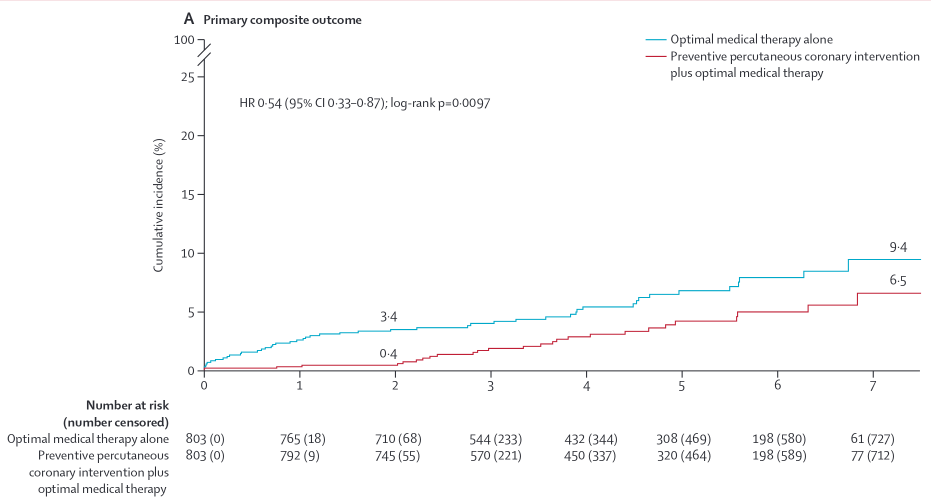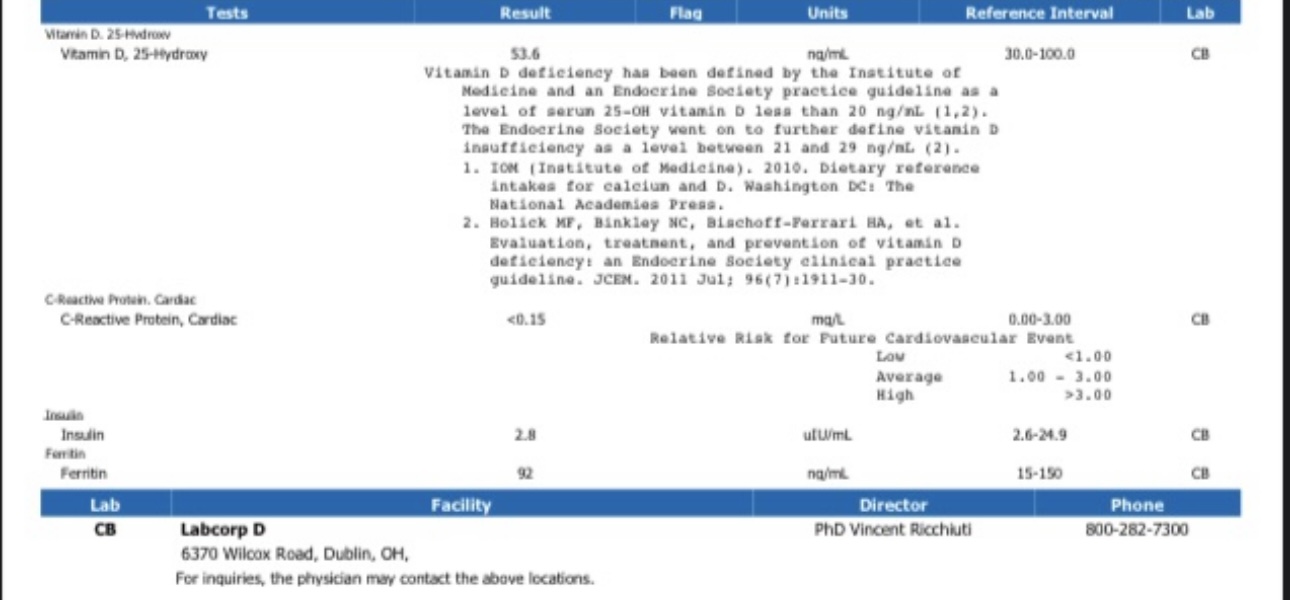As I recommend CTCA to patients with high CT Cardiac Calcium scores … the answer is that they see plaque and cleerly analysis added (which can be done after the fact) adds some additional information.
The cardiologist suggesting nuclear stress test and echo does nothing to show if you have significant lesions. The nuclear stress will show if you have inducible ischemia, which is relevant - but given that 70% of heart attacks come from modest areas of plaque - it fails to look at your risk with these lesions, whereas CTCA does look at this. Echo adds information only on cardiac function - which will be normal until you have a heart attack.
How many people have had a normal CTCA and the next month or year or two years had a big heart attack? Zero
How many people have had a normal Echo or Nuclear Stress and had a heart attack a month or a year or two years later — stacks of them.
Here is what Vera-Health Says on the CTCA with high CT Cardiac Calcium Score …
Yes, coronary CT angiography (CTCA) can visualize plaque in arteries, including calcified, non-calcified, and mixed plaques, even in patients with a high coronary artery calcium (CAC) score.
-
Plaque Characterization: CTCA identifies and differentiates plaque types, such as non-calcified, partially calcified, and calcified plaques.
- Class I evidence: A meta-analysis in Circulation: Cardiovascular Imaging involving 13,977 patients showed that non-calcified plaques had the strongest association with major adverse cardiovascular events (MACE) (HR 1.45; 95% CI, 1.24–1.70; p < 0.001) 1.
-
High-Risk Plaque Features: CTCA detects high-risk features like low-attenuation plaque, napkin-ring sign, and positive remodeling.
- Class I evidence: The presence of ≥2 high-risk features increased MACE risk (HR 9.17; 95% CI, 4.10–20.50; p < 0.001) 1.
-
Prognostic Value: CTCA-derived plaque characteristics are independent predictors of cardiovascular events.
- Class I evidence: A systematic review and meta-analysis in European Heart Journal Cardiovascular Imaging reported that non-calcified plaque volume was significantly larger in acute coronary syndrome (ACS) patients compared to stable angina (weighted mean difference: 28.8 mm³; 95% CI, 10.9–46.7; p = 0.002) 2.
- Guideline Recommendations
Clinical Guideline
The 2019 ESC guidelines emphasize CTCA’s role in diagnosing and managing coronary artery disease, highlighting its ability to assess both obstructive and non-obstructive plaques I 3.
- Visual Summary
JAMA Network Open
JAMA

Click to expand
Figure: Impact of Cardiovascular Risk Factors on Carotid Artery Plaque Burden
Reference
JAMA Network OpenS. Parish2019
The figure illustrates the relationship between various cardiovascular risk factors and carotid artery plaque burden.
Show more
Conclusion: CTCA provides comprehensive plaque assessment in patients with high CAC scores, offering critical diagnostic and prognostic information.




